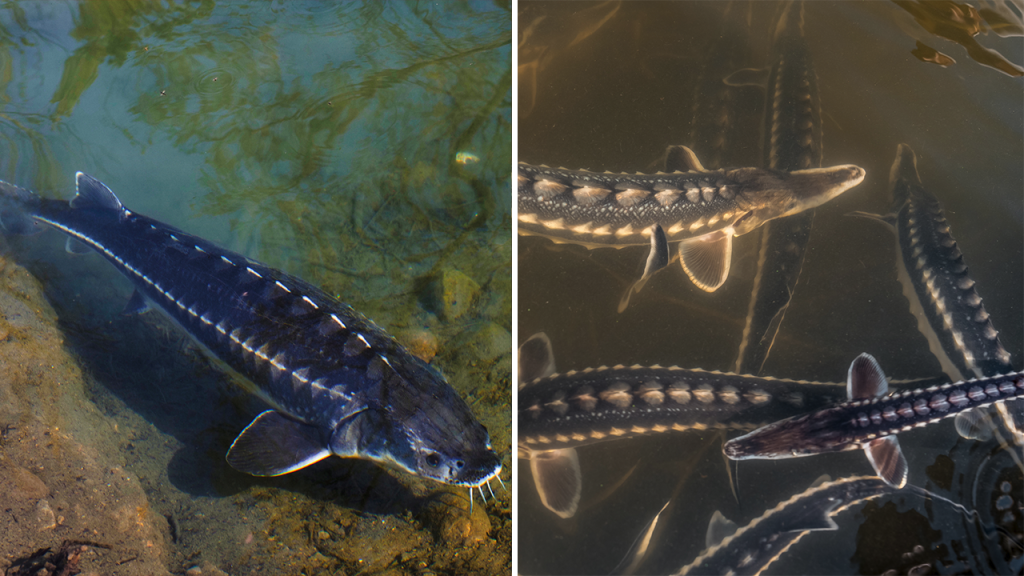Researchers at the Connecticut River Conservancy (CRC) conducted a study sampling the waters of the Connecticut River across Massachusetts, Vermont, and New Hampshire, and discovered evidence of shortnose sturgeons in the river for the first time. Using environmental DNA (eDNA) technology, the endangered fish were detected, confirming reports from the local “fisherfolk community” who had sightings of the prehistoric fish. Shortnose sturgeons have body armor consisting of five rows of external, bony plates and can weigh up to 50 pounds and stretch 5 feet long. This collaboration highlights the importance of local knowledge in guiding scientific inquiry and demonstrates how eDNA technology can help monitor and protect endangered species.
The shortnose sturgeon is considered “prehistoric” as it dates back to the time of dinosaurs. The species are protected regardless of where they are found, making it illegal to possess shortnose sturgeon. In the mid-1800s, Atlantic and shortnose sturgeon supported a thriving fishery for caviar, smoked meat, and oil. However, towards the end of the century, sturgeons were over-exploited, leading to a decline in their populations. The presence of numerous dams on the mainstem, habitat degradation, and commercial fishing have negatively impacted populations of this fish, as well as many other native migratory species.
The CRC’s press release noted that the discovery of shortnose sturgeons in the Connecticut River was made possible through the collaboration with various organizations and researchers. The researchers used shortnose sturgeon primers and probes developed by the University of Maine as part of their diadromous species eDNA toolkit, supported by the NOAA. This study highlights the importance of partnerships and advancements in technology in advancing scientific knowledge and understanding of endangered species.
James Garner, a PhD Candidate at UMass Amherst, emphasized the significance of the multiple positive environmental DNA detections in confirming the presence of shortnose sturgeon upstream of dams in the Connecticut River. The discovery of these endangered fish provides scientific evidence to support the reports from the local community members. Shortnose sturgeon play a crucial role in the ecosystem, and monitoring and protecting these species is essential for maintaining biodiversity and ecosystem health.
Researchers found that shortnose sturgeons are impacted by habitat degradation, commercial fishing, and the presence of dams in the Connecticut River. These factors have contributed to a decline in their populations over the years. By utilizing cutting-edge technology such as eDNA and collaborating with local communities and organizations, researchers can better understand and protect endangered species like the shortnose sturgeon. The study highlights the need for conservation efforts to preserve biodiversity and restore ecosystems for the benefit of both wildlife and humans.
In conclusion, the discovery of shortnose sturgeons in the Connecticut River represents a significant scientific achievement made possible through collaboration, technological advancements, and community involvement. The study sheds light on the importance of protecting endangered species and restoring ecosystems that have been impacted by human activities. By working together, researchers, conservationists, and local communities can help safeguard the future of prehistoric fish like the shortnose sturgeon and contribute to the overall health of the ecosystem.


